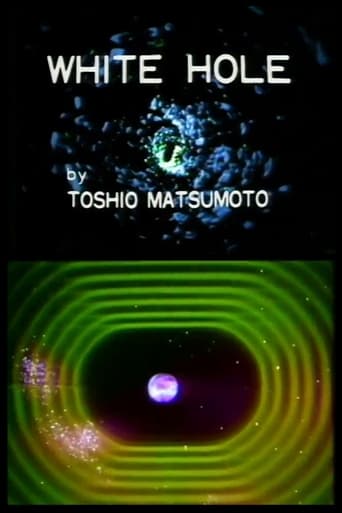
01 Feb 1979

White Hole
Avant garde/experimental film. A mesmerizing trip through the psychedelic vastness of space.
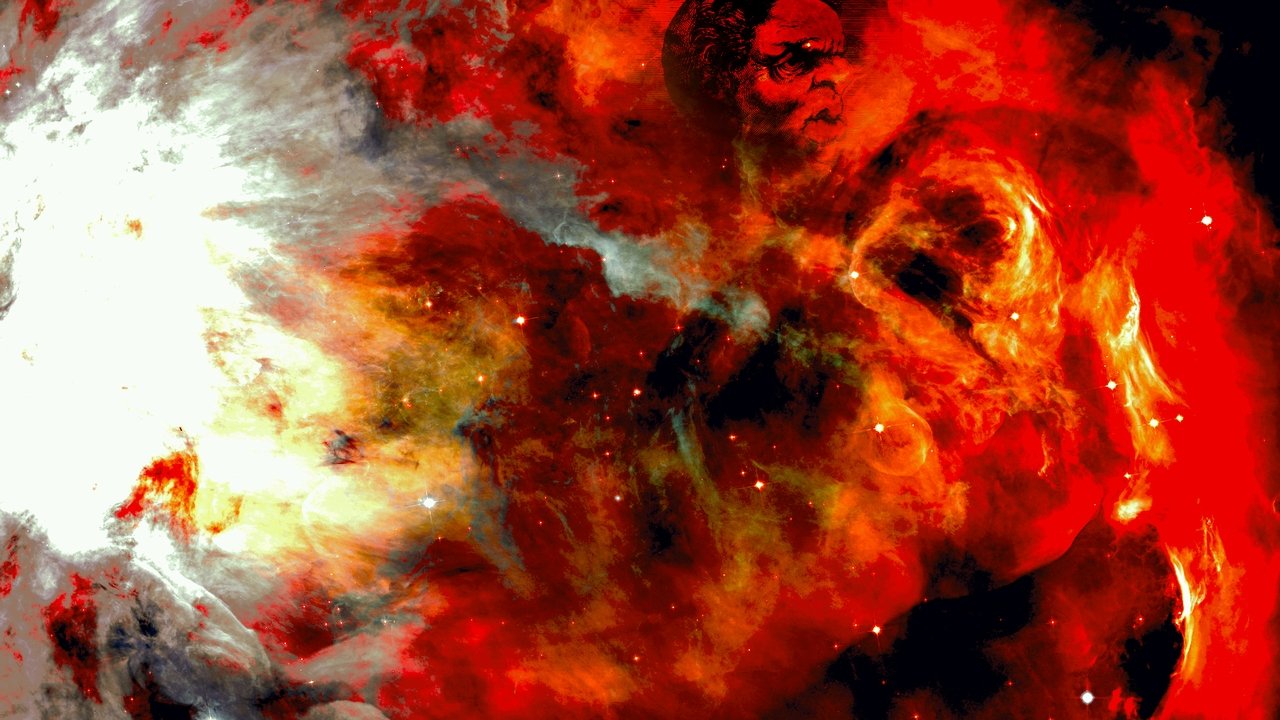
experimental cinema
The film is about the deceleration of motion in linear form and speed, establishing a connection between space and love. It ends with high-contrast photos with increasingly drastic color changes. This short film, inspired by Brakhage's Stellar film, was created by manipulating 1750 space photos in Photoshop along with grotesque paintings. Some frames contain black paintings by Francisco Goya, grotesque drawings by Leonardo da Vinci, grotesque engravings by William Blake. In order to refer to Brakhage's poetic style and understanding of storytelling in experimental cinema, two poems by Frank O'Hara and Kenneth Koch are placed in the beginning and end of the film.

01 Feb 1979

Avant garde/experimental film. A mesmerizing trip through the psychedelic vastness of space.
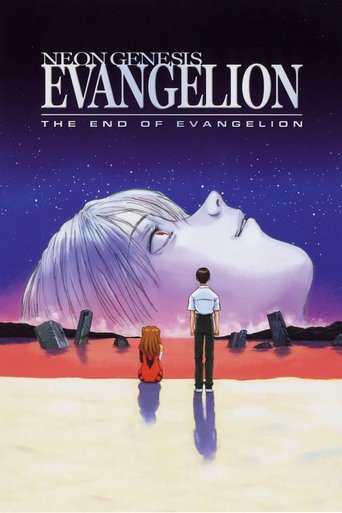
19 Jul 1997

SEELE orders an all-out attack on NERV, aiming to destroy the Evas before Gendo can advance his own plans for the Human Instrumentality Project. Shinji is pushed to the limits of his sanity as he is forced to decide the fate of humanity. An alternate ending to the television series "Neon Genesis Evangelion", which aired from 1995 to 1996 and whose final two episodes were controversial for their atypically abstract direction.
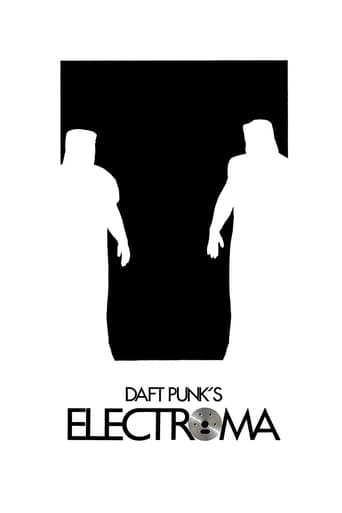
21 May 2006

Two robots embark on a quest to become human.
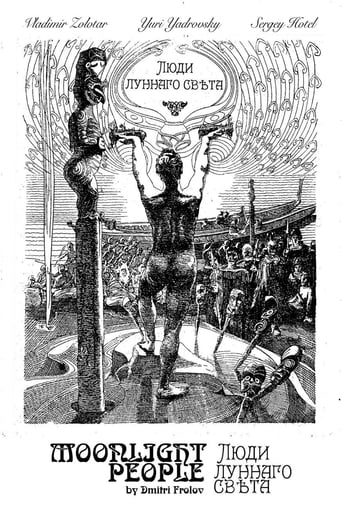
14 Apr 2019

Two young men and two girls on a moonlit night confess to each other in their strange fantasies and loves that go beyond the usual standards.. The impetus to making the film was the book of the same name by the Russian religious philosopher Vasily Rozanov, who died 100 years ago. His treatise was devoted to the study of sexuality and its denial in Christianity. The film was made in the style of experimental films of the 1920s with a non-linear narration full of strange surrealistic images. He is black and white and devoid of dialogue. Filmed on film 16 mm of firm "Svema", released in the USSR. This added to his exoticism. The image was put to the music of Alexander Scriabin “The Poem of Ecstasy” (1907).
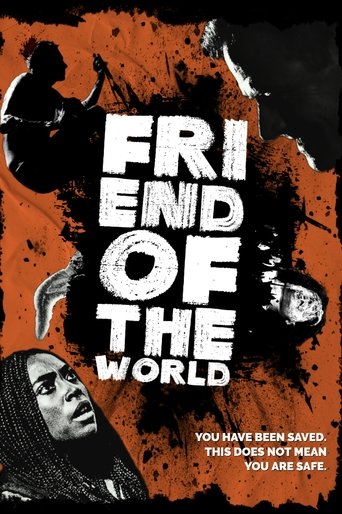
15 Aug 2020

After a catastrophic global war, a young filmmaker awakens in the carnage and seeks refuge in the only other survivor: an eccentric, ideologically opposed figure of the United States military. Together, they brave the toxic landscape in search of safety... and answers.
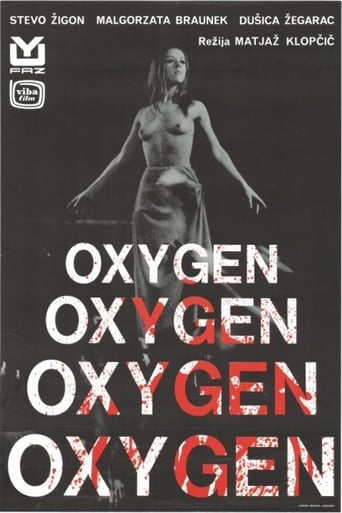
25 Jun 1970

In this story set in near future, a group of young rebels, hippies and 1968 protesters want to cede and make an independent Island from the Mainland. A journalist who came to the Island to make a report about political summit that takes place there gets involved in the clash between young rebels and establishment.
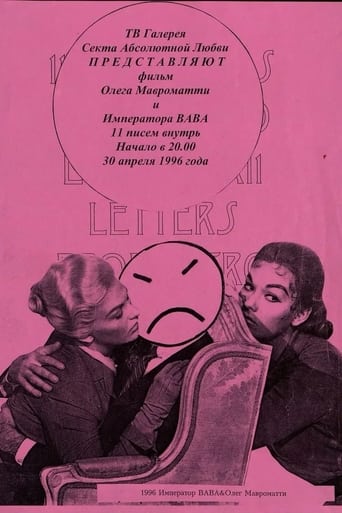
30 Apr 1996

This is a story about a man who believes that he has two “selves” - external and internal. That is, an organism is a certain conglomerate of cells, each of which is a separate individual. This hybrid creature has a certain common personal “I” that uses the entire organism, and is the organism itself, which has its own will. According to the character, one can communicate with him, which is what he is trying to do. He wants to reach him and comes up with different ways of communication: injecting substances under the skin or intravenously, tattooing texts on the body, swallowing objects. The answer would come in the form of a rash or other physical manifestation that had to be interpreted. As a result, communication is carried out and the second “I” agrees to die.
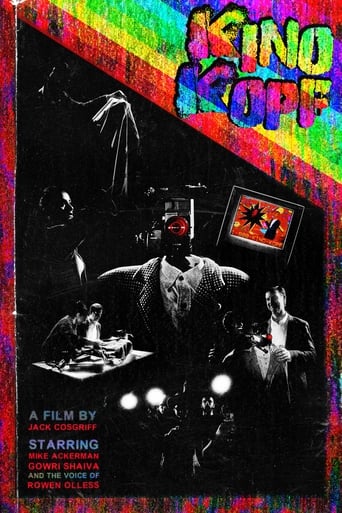
25 Apr 2024

Born from steel and glass Kino Kopf is created by two inventors. They are assembled by their mother, a nurturing artist, and their Father a greedy entrepreneur. Kino Kopf is the first of its kind a sentient humanoid VHS camera. They are given a life by their mother but presented to the world by their father. Kino Kopf is the next big sensation and spurs a technological revolution. They are soon forgotten and alone as new models surpass them. Kino Kopf is left alone to contemplate if they ever had a soul, as visions of an electric cowboy dance through their dreams.
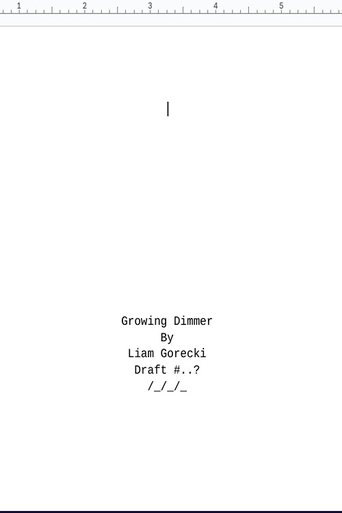

The light's in a student's room begin to shut off around him. He must escape the room before he is swallowed by darkness.

25 Jan 2018

The much sought-after, two-letter web domain suffix of the title is examined as both a form of capital and an emblem of a country on the brink of a climate-induced catastrophe in this simultaneously humorous and illuminating essay film centered on the environmentally contentious Pacific Islands of Tuvalu.
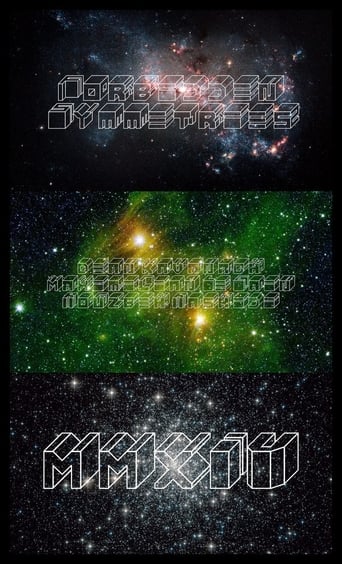
01 Jan 2014

Three witnesses to the invasion. Three accounts. Are they observing the same thing? Were there any warning signs? And, after all they’ve seen and heard, are they even competent to offer a reliable report? The purpose of this film is to demonstrate that an effort to construct functions known not to exist may on occasion produce interesting frauds.
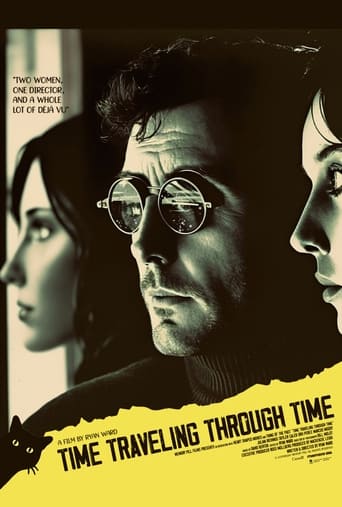
23 Nov 2022

A wannabe film director becomes embroiled in a battle against the laws of time and space when his attempts to recreate the iconic black and white, photograph-only, time travel film, La Jetée, spiral out of control.
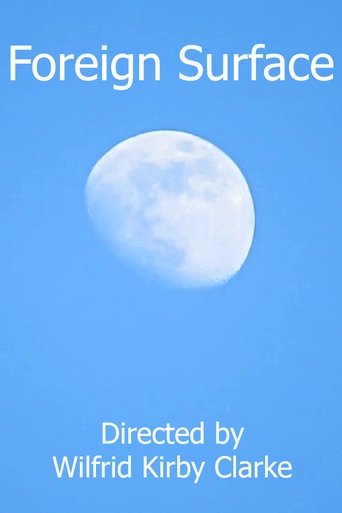
18 May 2024

An experimental reinterpretation of 1950s science fiction B movies.
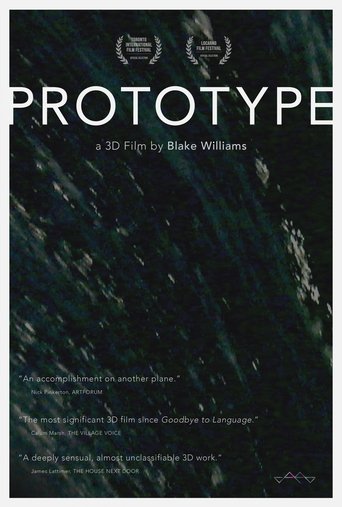
08 Sep 2017

As a major storm strikes Texas in 1900, a mysterious televisual device is built and tested. Blake Williams’ experimental 3D sci-fi film immerses us in the aftermath of the Galveston disaster to fashion a haunting treatise on technology, cinema, and the medium’s future.
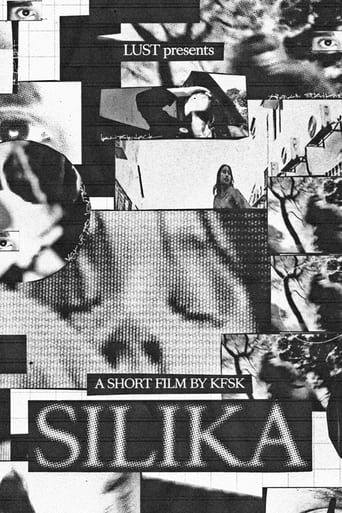
09 Apr 2021

It follows the filmmaking journey of two filmmakers as they navigate through the urban sprawl of inner KL during the pandemic. It showcases the city in a raw, exposed and gritty fashion but still with a certain charm. Throughout their filmmaking process, they capture the peculiar events in the life of three strangers: the son (Fakhrul Aiman), the outsider (Eli Orkid) and the hustler (Nidusmas). They happen to express themselves in extreme ways at the sight of their own reflection in “the vantablack” -- they snap into a state of mind where they lose all their inhibitions and show their true self in a very physical way: through visceral, almost primal dance movements.

27 May 2023

On a sleepy summer night in 2004, eyes peer into the world-wide-web: traveling between conspiracy sites, malware, porn, and mp3 databases in an attempt to lose (find) themselves. Passing through blog graveyards, broken hyperlinks, and digital spirits, they begin to realize the Internet is so much more. Lost websites, anon forums, and inexplicable pixels singing to a prepubescent soul. An ode to the 2000s webpage and flash game culture.

10 Aug 2022

Under the impetus of the 75th anniversary of the bamboo top-handle bags, the House presents a contemporary retelling of an ancient Japanese story entitled ‘Taketori Monogatari (The Tale of the Bamboo Cutter).’ Makoto Nagahisa stages the plot of finding oneself, along with true love, in a Tokyo betwixt and between reality and a dream. Dressed in looks from the Gucci Love Parade collection, Hikari Mitsushima, Aoi Yamada, and Eita Nagayama star in the story shedding a new light on the Gucci Bamboo 1947 and Gucci Diana Beloved lines.
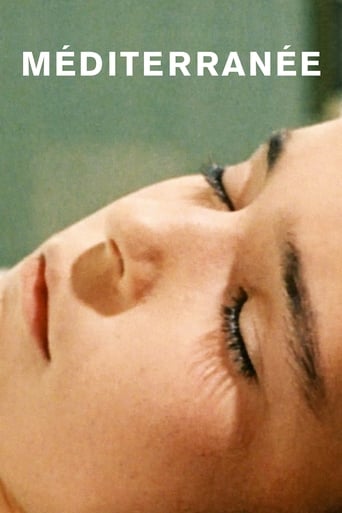
23 Apr 1963

Pollet and Schlöndorff imagine the Mediterranean as a supernal arena.
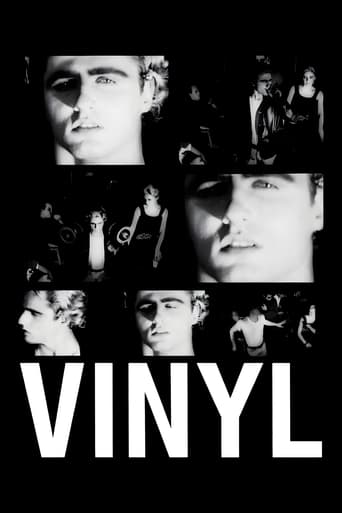
04 Jun 1965

Andy Warhol’s screen adaptation of Burgess's "A Clockwork Orange”.
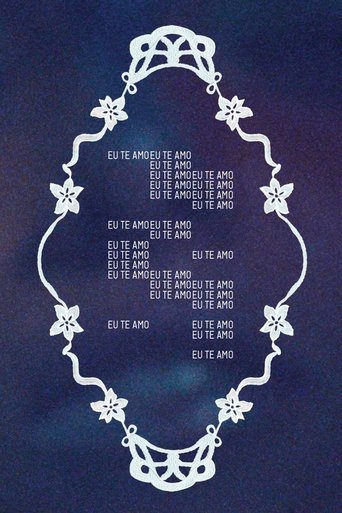
08 Aug 2024

In a distant world ruled by a queer dictatorship, a non-binary couple's decision to marry challenges societal norms, blurring the lines of gender and love in a universe where inversions are the norm and limitations are mere illusions.